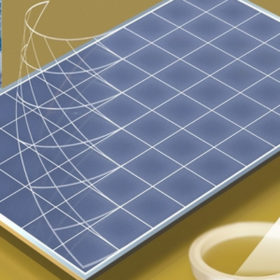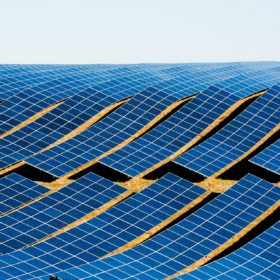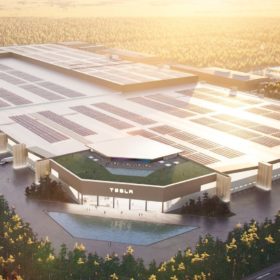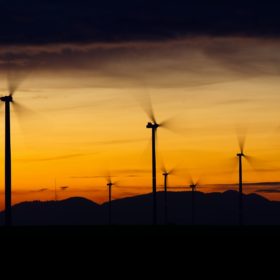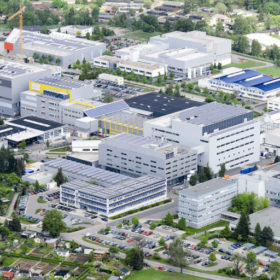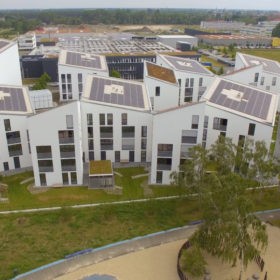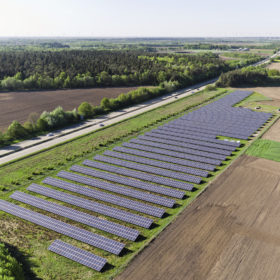Solar film with integrated optics to increase performance of PV panels
Finnish company ICS has developed a foil which it claims can significantly increase the yield of solar panels, when applied to the edges of a PV module. Germany’s Fraunhofer ISE has confirmed that the increase in performance for conventional solar modules with the solar film is ranging from 5% to 10%.
Two strategic Euro solar deals rumored
State-owned power company China Three Gorges is reportedly ready to offer up to €600 million for 13 solar assets owned by X-Elio in Spain while Germany’s ib vogt is up for sale, according to Reuters.
First image of Tesla’s German Gigafactory unveiled, with rooftop PV to boot
Tesla boss Elon Musk has published the first image of the planned Gigafactory in Grünheide, near Berlin, in eastern Germany.
German floating PV plant works better than expected
The volume of solar electricity generated and proportion of self-consumption at the Lake Maiwald floating plant have both surpassed expectations. Gravel company Ossola has been able to reduce its electricity bill 10% as a result.
Aerosols affect photovoltaic generation in Europe
The German meteorological service, the Karlsruhe Institute of Technology and solar forecaster Meteocontrol are investigating how weather events can be better factored in when forecasting solar power generation. The Federal Ministry of Economics is funding the ‘Permastrom’ research project with €2.5 million.
Switzerland deployed 332 MW of solar last year
Cumulative solar generation capacity reached 2.5 GW last year, enough to meet 3.8% of electricity demand.
Germany launches 650 MW tender for ‘innovative’ renewables
The long-awaited procurement exercise includes 250 MW of generation capacity originally intended to be tendered last year.
Meyer Burger reveals locations for new cell, module plants in Germany
Production of highly efficient solar cells and modules will start at two sites in Germany from the first half of 2021. The Swiss tech group plans to eventually expand annual production to 5 GW.
Panasonic unveils first smart city in Berlin
A new project in the German capital combines a range of intelligent energy solutions, including PV systems, storage tanks, and air-to-water heat pumps integrated into an efficient energy management system.
Easing of Covid lockdown helped German big solar in May
The nation added a year-high of almost 450 MW of new capacity during the month to take the five-month total for 2020 to 1,926 MW. The solar subsidy will fall another 1.4% from tomorrow.

